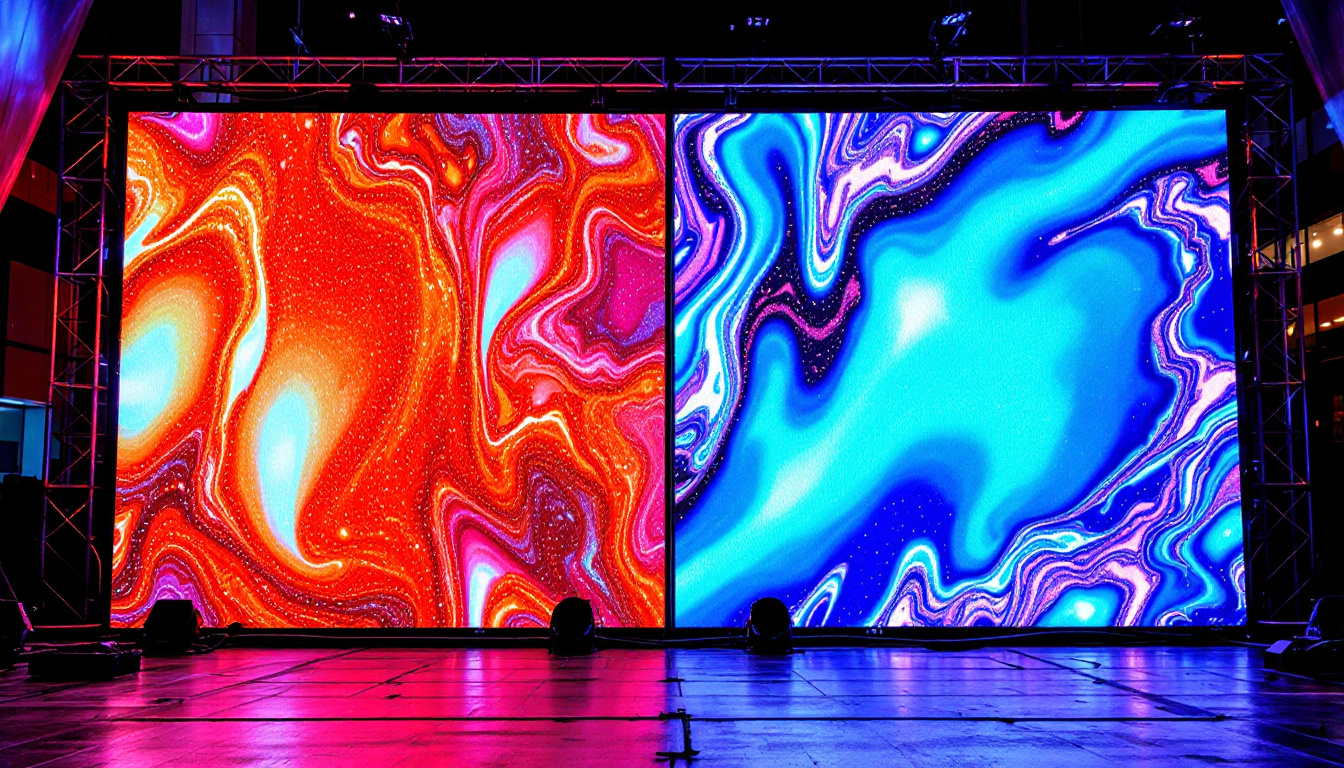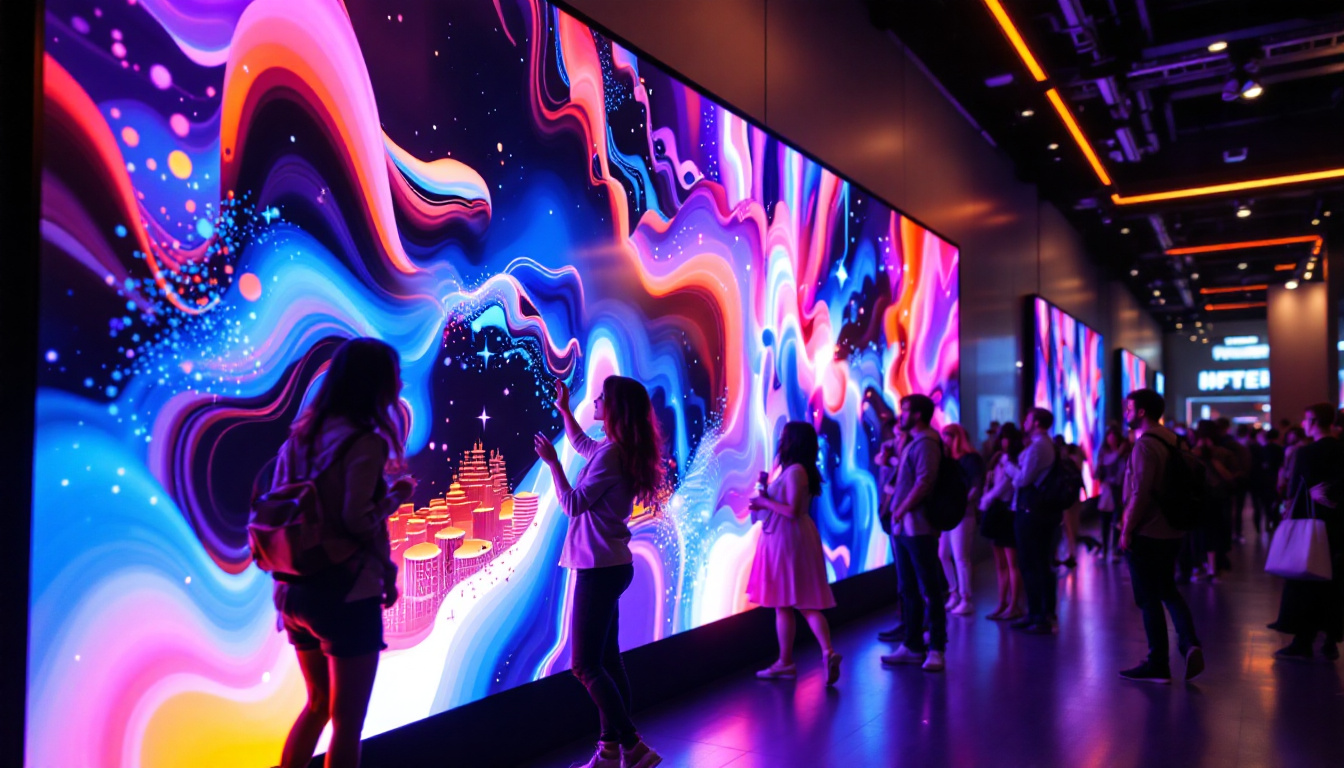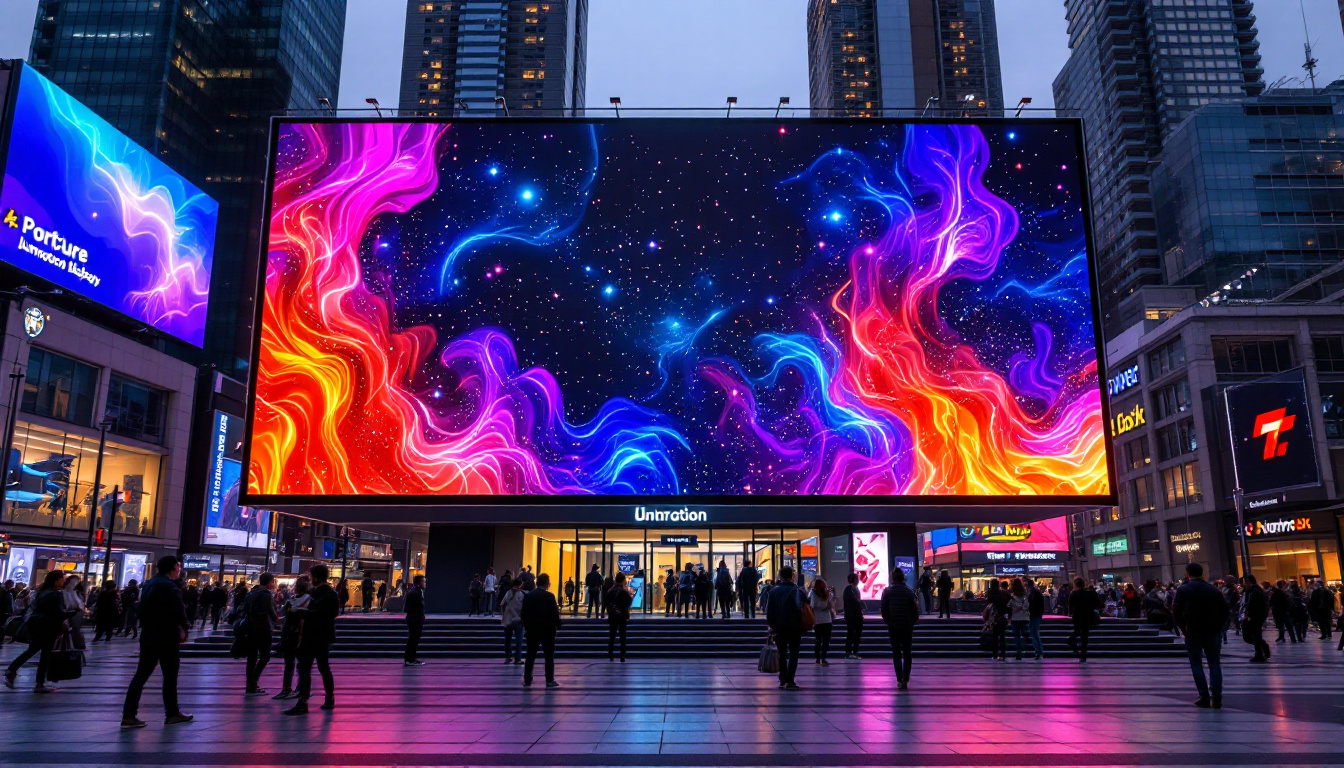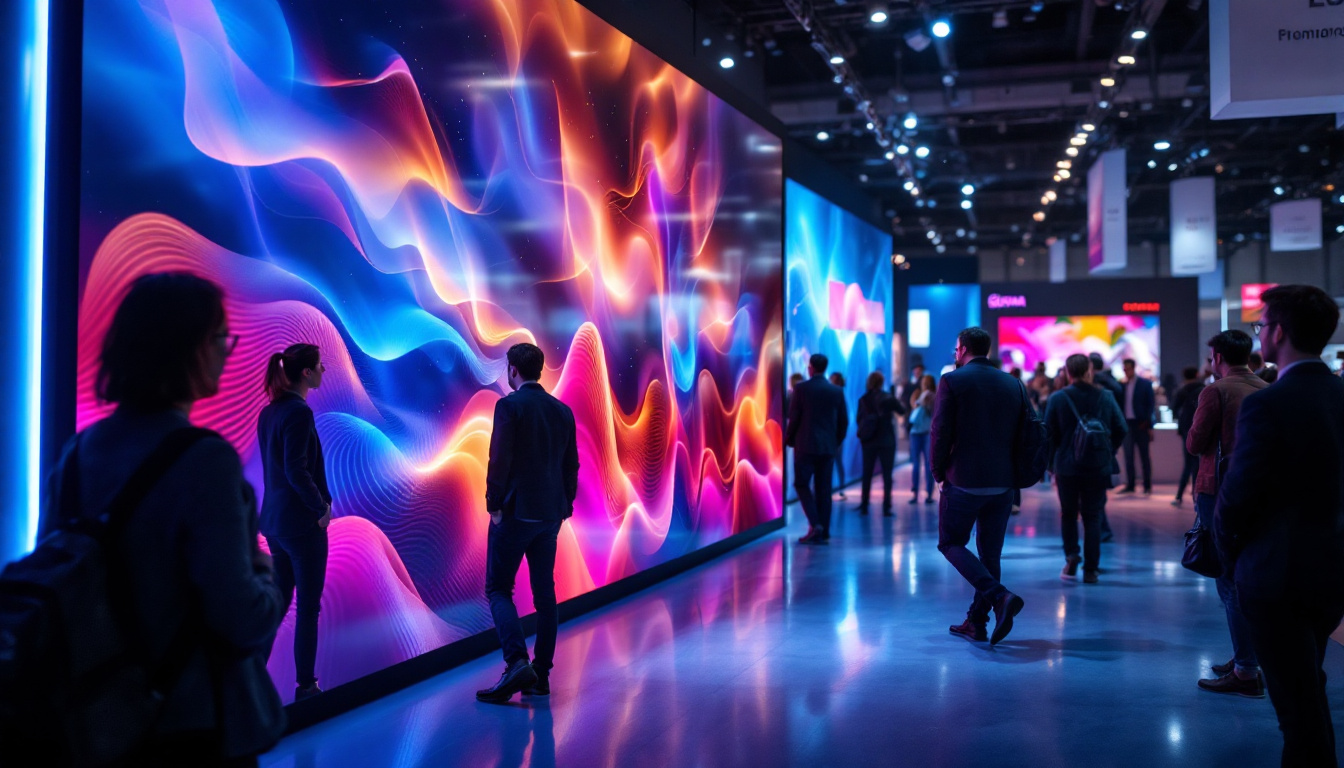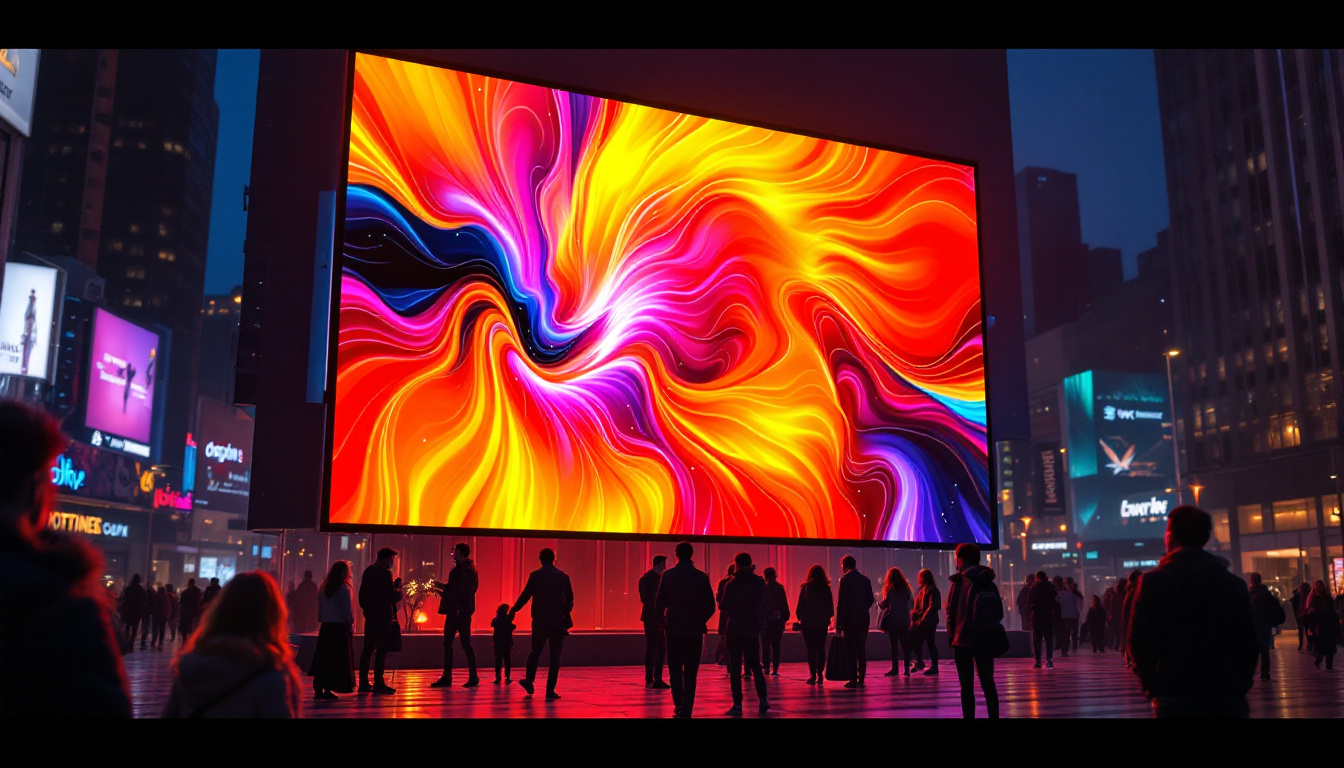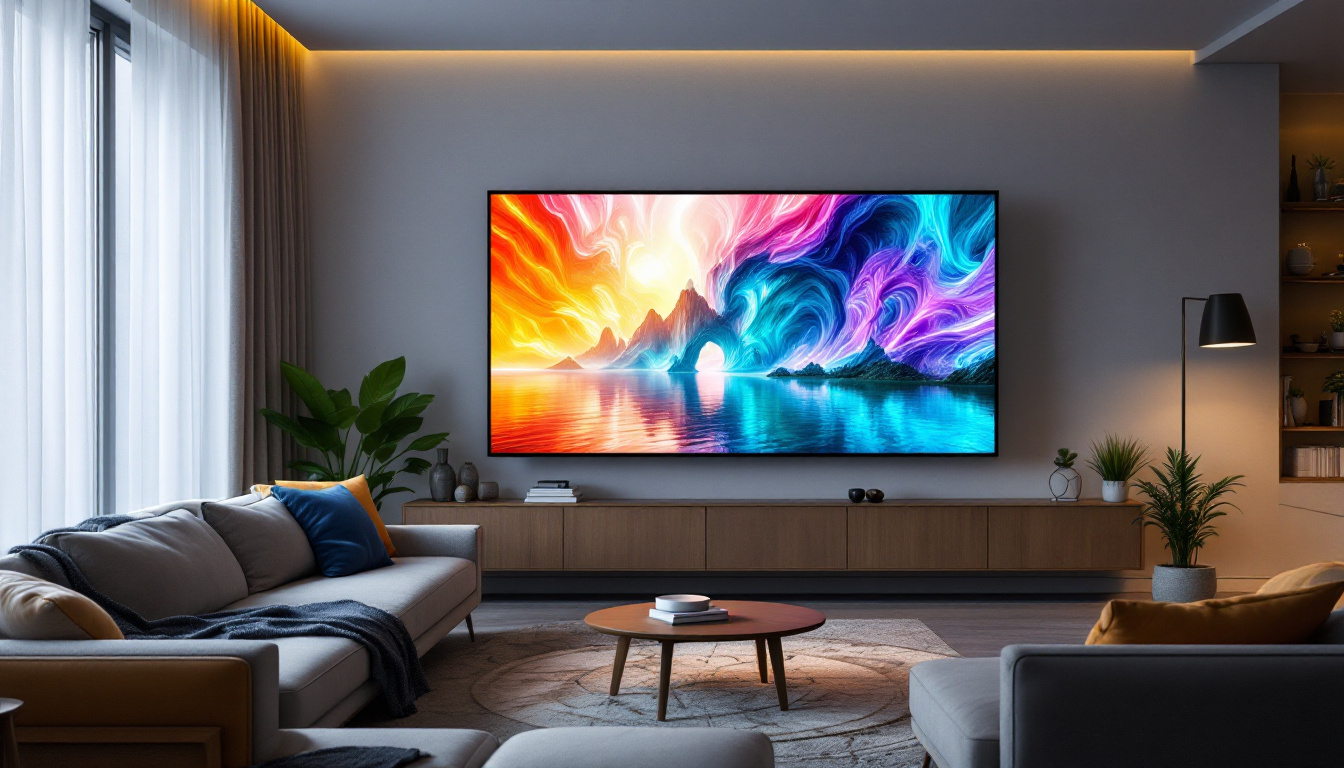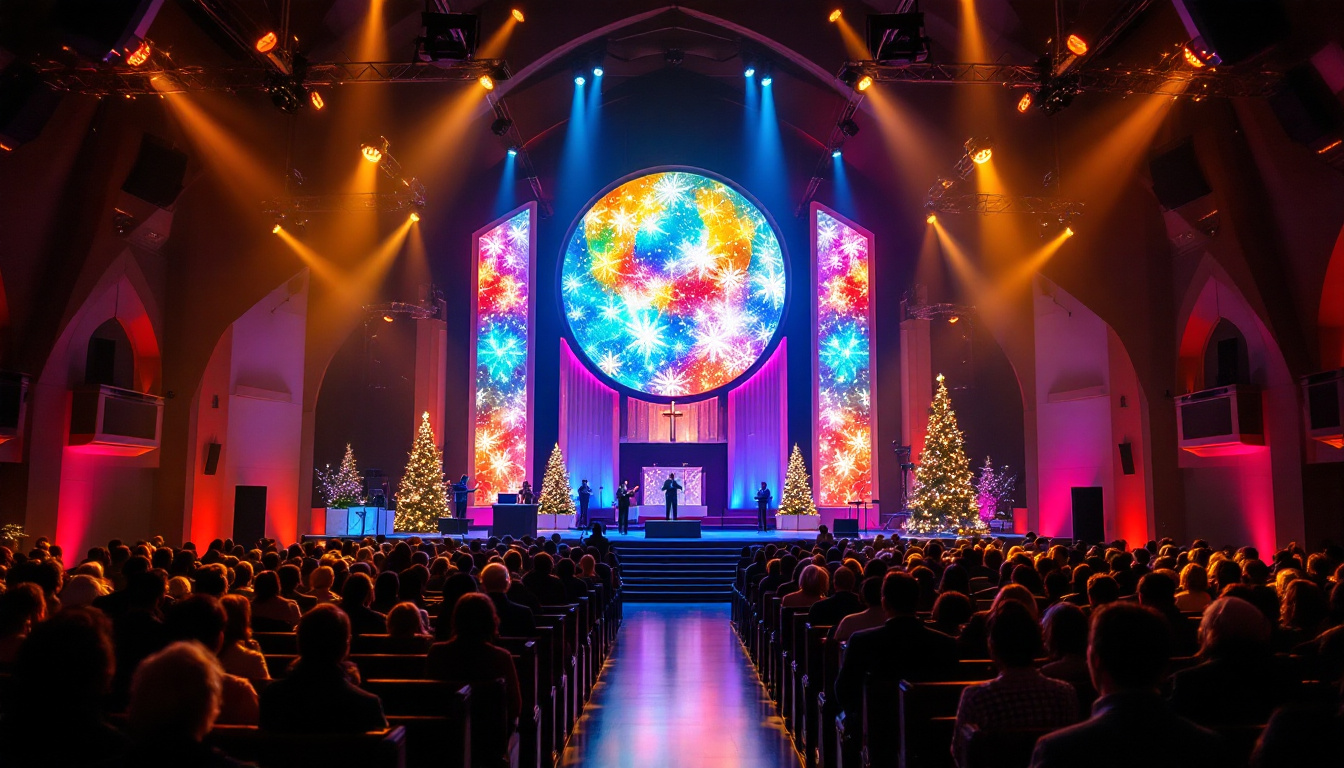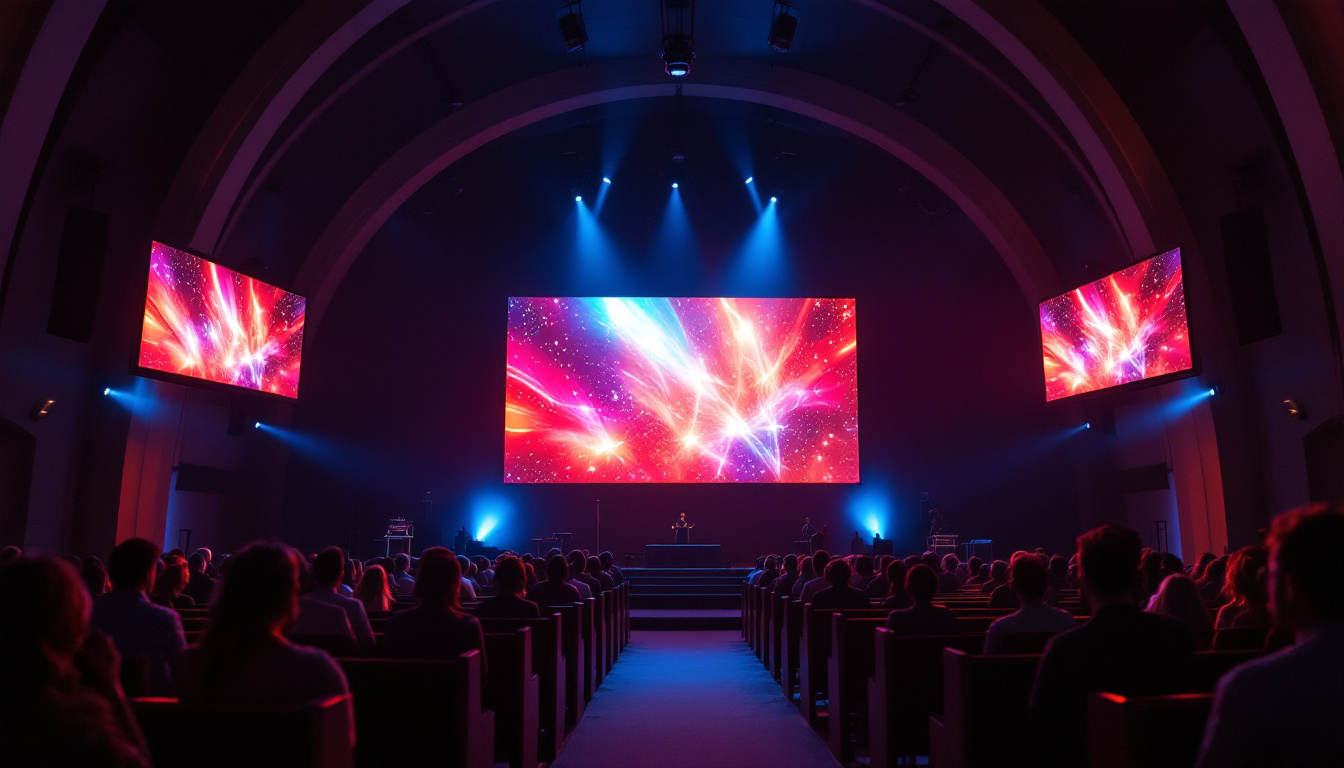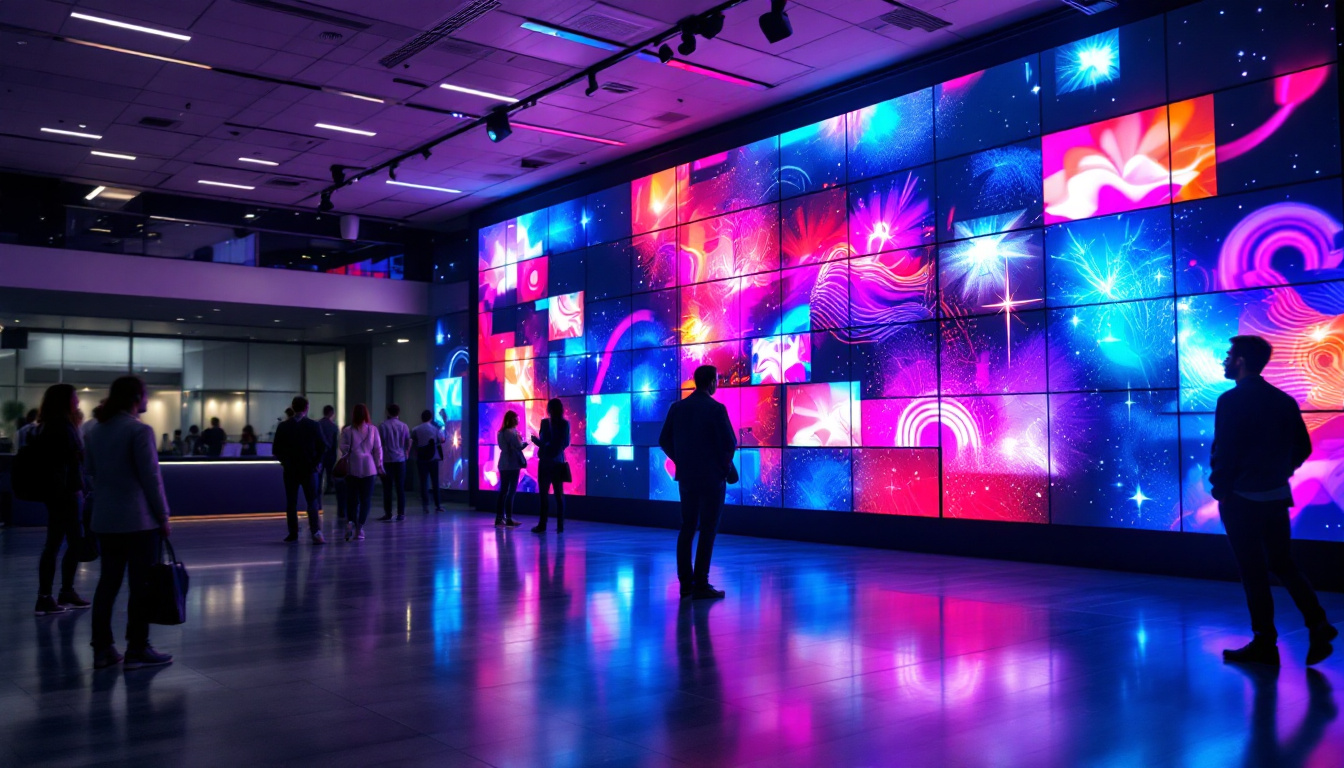In the world of modern display technology, LED (Light Emitting Diode) displays have become a popular choice for various applications, from televisions to digital billboards. However, within the realm of LED technology, two main types stand out: traditional LED and SMD (Surface Mount Device) LED. Understanding the differences between these two can significantly impact the performance and application of the display. This article delves into the characteristics, advantages, and disadvantages of both types, helping you make informed decisions for your display needs.
Understanding LED Technology
LED technology has revolutionized the way we view images and videos. At its core, an LED display uses diodes that emit light when an electric current passes through them. This technology is known for its efficiency, longevity, and vibrant colors. However, the implementation of LEDs can vary, leading to the emergence of different types, including traditional LED and SMD LED.
What is Traditional LED?
Traditional LED displays utilize discrete LEDs arranged in a grid format. Each pixel in the display is made up of individual red, green, and blue (RGB) diodes. These diodes are typically larger and are mounted on a circuit board, which can make the displays bulkier compared to their SMD counterparts.
One of the notable features of traditional LED displays is their brightness. They are capable of producing high levels of luminance, making them suitable for outdoor applications where visibility is crucial. However, the size of the individual LEDs can limit the resolution of the display, as larger pixels mean fewer pixels per square inch.
Applications of Traditional LED Displays
Traditional LED displays are commonly used in large outdoor advertising screens, stadium displays, and billboards. Their high brightness and visibility make them ideal for environments where sunlight can wash out other types of displays. Additionally, they are often employed in scoreboards and large event screens, where the audience is typically positioned at a distance.
Beyond advertising and sports, traditional LED displays have found their way into various sectors including transportation and public information systems. For instance, they are frequently used in train stations and airports to display real-time information such as arrival and departure times. The ability to be seen from a distance ensures that travelers can easily access critical updates without straining their eyes. Furthermore, these displays are often utilized in concert venues and festivals, where they can create dynamic visuals that enhance the overall experience for attendees, contributing to the excitement and energy of live performances.
Moreover, traditional LED technology is increasingly being integrated into smart city initiatives. Cities are deploying these displays for public service announcements, emergency alerts, and community event notifications. This not only improves communication with residents but also enhances public safety by ensuring that important information reaches a wide audience quickly and effectively. The adaptability of traditional LED displays to various environments and their capacity to convey essential messages make them a vital component of modern urban infrastructure.
Exploring SMD LED Technology
SMD LED technology represents a significant advancement in LED display design. SMD LEDs are smaller and are mounted directly onto the surface of a circuit board, allowing for a denser arrangement of pixels. This configuration enables higher resolutions and more detailed images, making SMD displays increasingly popular for a variety of applications.
Benefits of SMD LED Displays
One of the primary advantages of SMD LED displays is their ability to achieve higher pixel density. This means that they can produce sharper images and finer details, which is particularly beneficial for indoor applications such as conference rooms, retail displays, and exhibitions. The compact nature of SMD LEDs allows for flexible design options, enabling the creation of curved or uniquely shaped displays.
In addition to resolution, SMD LEDs also provide better color consistency and wider viewing angles. Because the diodes are closer together, the color mixing is more effective, resulting in vibrant and uniform colors across the display. This characteristic is particularly important for applications where viewers may be positioned at various angles. The enhanced brightness levels of SMD displays also contribute to their effectiveness in brightly lit environments, ensuring that visuals remain clear and engaging even in challenging lighting conditions.
Common Uses of SMD LED Displays
SMD LED displays are widely used in indoor environments, including shopping malls, airports, and corporate settings. Their ability to deliver high-quality visuals in a compact form makes them ideal for digital signage, video walls, and interactive displays. Furthermore, SMD technology is often employed in televisions and computer monitors due to its superior image quality and sleek design.
Beyond commercial applications, SMD LED technology is also making waves in the entertainment industry. Concerts and live events frequently utilize SMD LED screens to create dynamic backdrops that enhance the audience’s experience. These displays can be programmed to change colors and patterns in sync with the performance, adding an immersive element that captivates attendees. Additionally, as virtual reality and augmented reality technologies continue to evolve, SMD displays are being integrated into these experiences, providing users with stunning visuals that enhance their interaction with digital environments.
Comparative Analysis: LED vs. SMD LED
When deciding between traditional LED and SMD LED displays, several factors should be considered. Each type has its strengths and weaknesses, and the choice largely depends on the intended application.
Brightness and Visibility
Traditional LED displays are known for their exceptional brightness, making them suitable for outdoor use where sunlight can interfere with visibility. In contrast, SMD LED displays, while still bright, may not reach the same luminance levels as traditional LEDs. However, SMD displays excel in indoor environments where high brightness is not as critical.
Resolution and Image Quality
In terms of resolution, SMD LED displays have a clear advantage. Their smaller size allows for a higher pixel density, resulting in sharper images and better detail. This is particularly important for applications where close viewing is common, such as in retail environments or conferences. Traditional LED displays, with their larger pixel sizes, may appear pixelated when viewed up close.
Cost Considerations
Cost is another significant factor when comparing traditional LED and SMD LED displays. Generally, traditional LED displays are less expensive to manufacture, which can make them a more budget-friendly option for large outdoor installations. On the other hand, SMD displays, due to their advanced technology and higher resolution capabilities, tend to be more expensive, but they offer better value in terms of image quality and versatility.
Installation and Maintenance
Installation and maintenance requirements can also differ between traditional LED and SMD LED displays. Traditional LED displays, due to their bulkier design, may require more extensive mounting solutions and can be more challenging to install in certain environments. Conversely, SMD LED displays are typically lighter and more modular, allowing for easier installation and maintenance.
Durability and Lifespan
Both types of LED displays are known for their durability and long lifespan. However, SMD LED displays may have a slight edge due to their design, which often includes better protection against environmental factors. Traditional LED displays, while robust, may be more susceptible to damage if not properly shielded.
Energy Efficiency
Energy efficiency is another critical consideration in the comparison of traditional LED and SMD LED displays. SMD LED displays are generally more energy-efficient due to their smaller size and advanced technology. They can produce the same brightness levels as traditional LEDs while consuming less power, making them a more sustainable choice in the long run.
Future Trends in LED Display Technology
The LED display market is continually evolving, with advancements in technology driving new developments. As the demand for high-quality displays grows, both traditional LED and SMD LED technologies are expected to see improvements in performance, efficiency, and design.
Emerging Technologies
One of the most exciting trends is the development of MicroLED technology. This innovative approach utilizes microscopic LEDs to create displays with even higher resolutions and better color accuracy. MicroLED displays promise to combine the best features of both traditional and SMD LEDs, offering incredible brightness and detail.
Additionally, advancements in flexible and transparent display technologies are paving the way for new applications. These displays can be integrated into various surfaces, creating unique opportunities for advertising and information dissemination.
Environmental Considerations
As sustainability becomes a more pressing concern, the LED display industry is also focusing on reducing its environmental impact. Manufacturers are exploring ways to make LED displays more recyclable and energy-efficient, ensuring that the technology aligns with modern sustainability goals.
Conclusion
In conclusion, both traditional LED and SMD LED displays have unique advantages and applications. Traditional LED displays excel in brightness and outdoor visibility, making them ideal for large-scale advertising and event displays. On the other hand, SMD LED displays offer superior resolution, color consistency, and versatility, making them the preferred choice for indoor applications and high-quality visual experiences.
Ultimately, the choice between traditional LED and SMD LED will depend on specific needs, including the intended environment, budget, and desired image quality. By understanding the differences and advancements in LED technology, users can make informed decisions that enhance their display experiences.
As the LED display market continues to evolve, staying informed about the latest developments will be crucial for those looking to invest in this dynamic technology. Whether opting for traditional or SMD LED, the future of display technology is bright, promising exciting possibilities for both consumers and businesses alike.
Discover LumenMatrix’s Advanced LED Solutions
Ready to elevate your visual display capabilities? Explore LumenMatrix’s comprehensive range of LED display solutions, where innovation meets excellence. From vibrant Indoor LED Wall Displays to robust Outdoor LED Wall Displays, and from dynamic Vehicle LED Displays to sleek LED Poster Displays, LumenMatrix has the cutting-edge technology to bring your vision to life. Whether you’re looking to engage fans with an LED Sports Display, captivate shoppers with a Floor LED Display, or make a statement with a Custom LED Display, LumenMatrix is your partner in creating immersive visual experiences. Embrace the future of display technology with our All-in-One LED Display and LED Transparent Display options. Check out LumenMatrix LED Display Solutions today and transform how you communicate with your audience.

